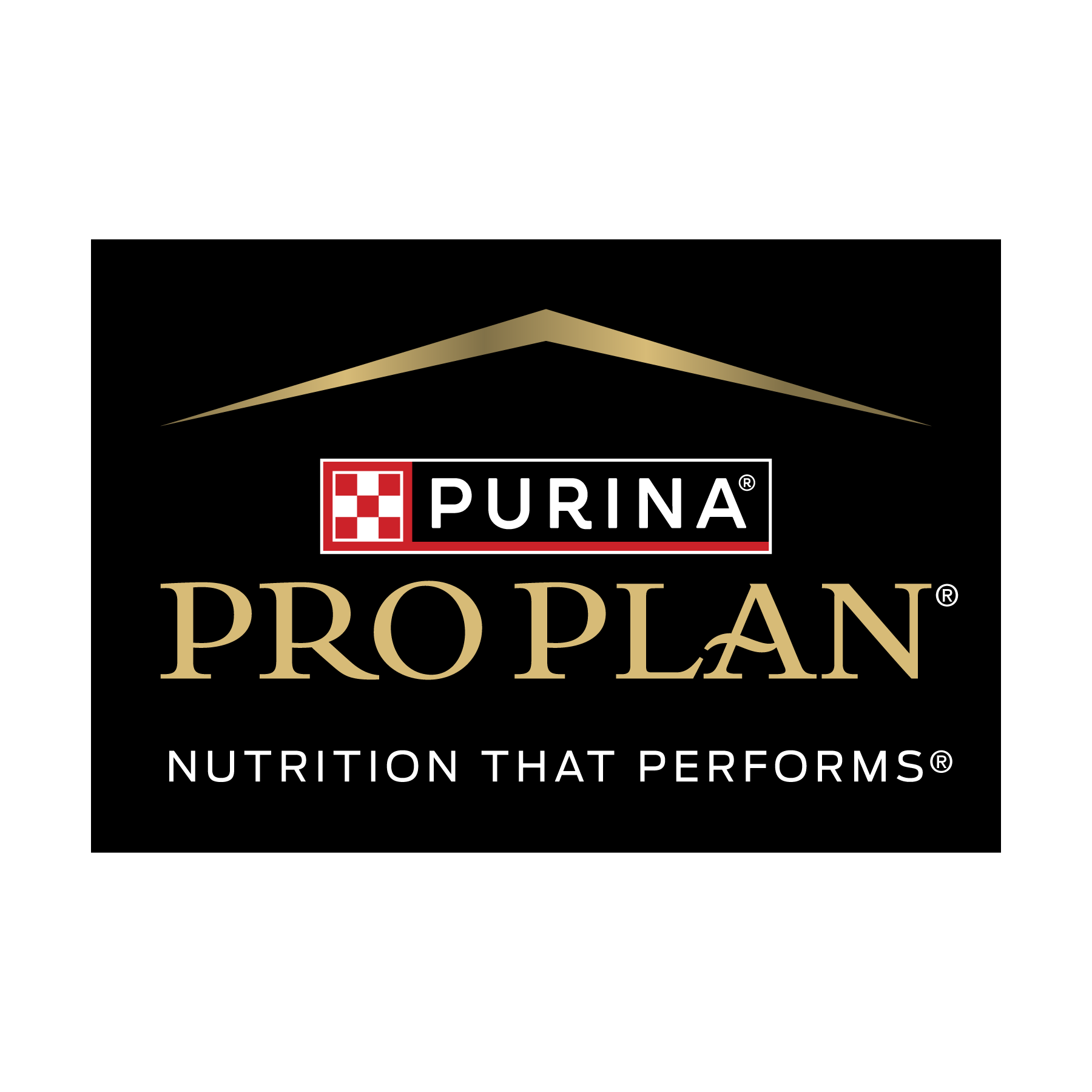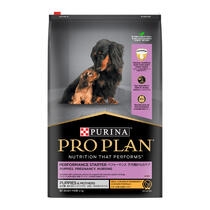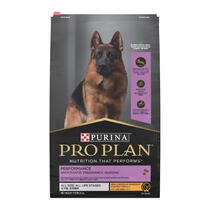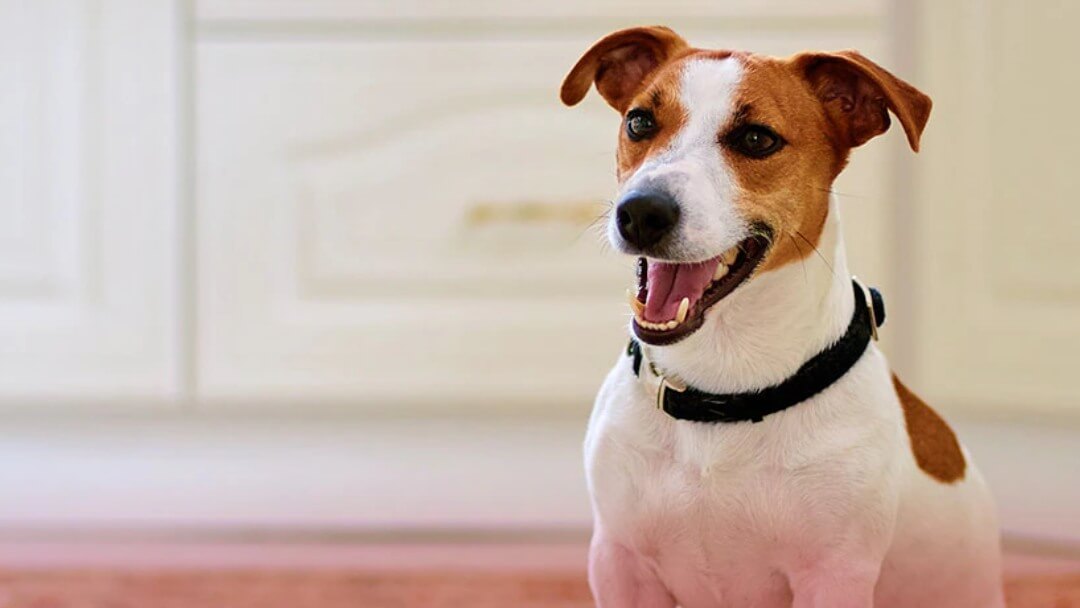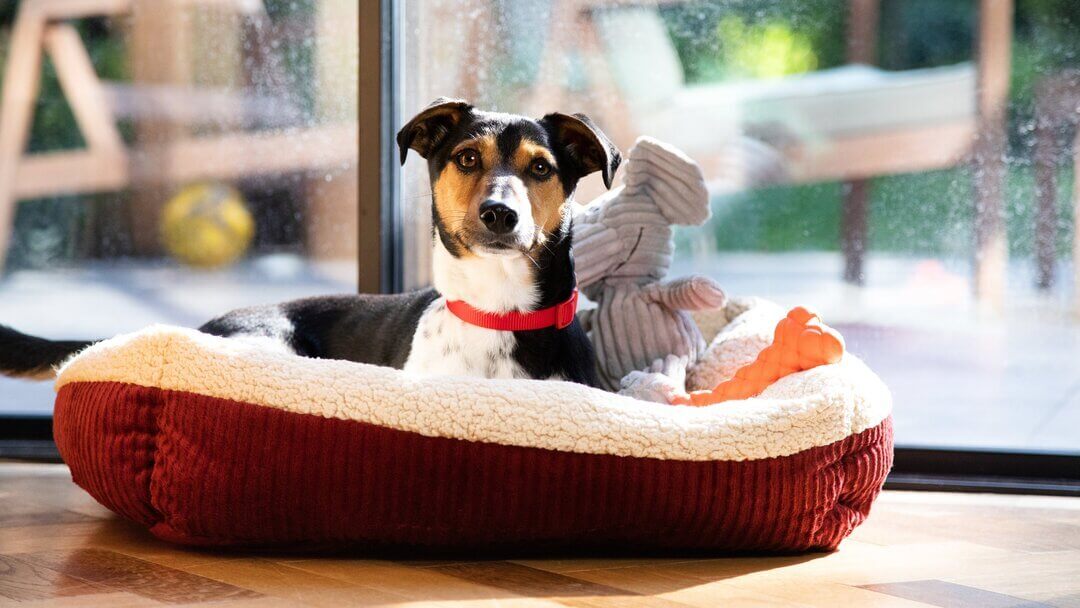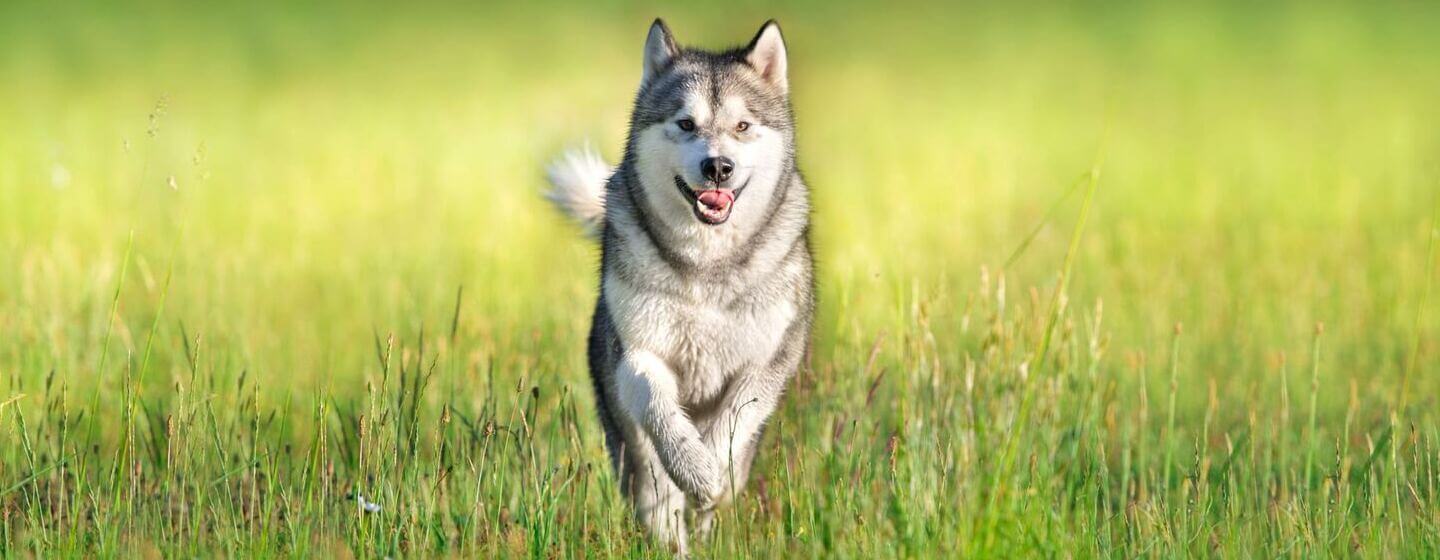
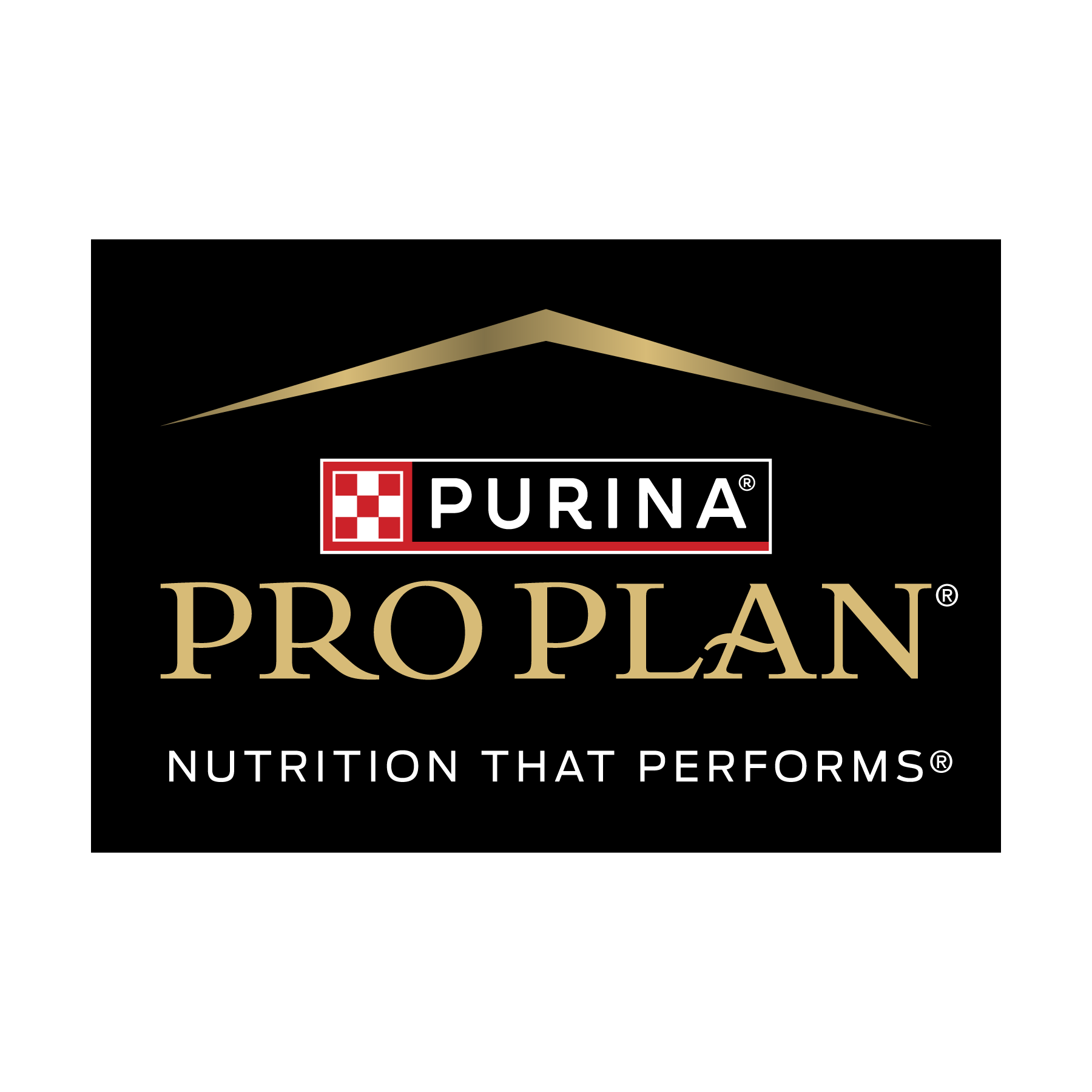
Every year, the world’s best dogs compete for a chance at Best In Show champion at the Westminster Kennel Club Dog Show, presented by Purina® PRO PLAN®.

Each breed belongs to one of seven American Kennel Club (AKC) Groups. The Working Group is the sixth Group to take the ring, competing on the second night of the show.
History of the Working Group
When the AKC first began registering breeds, they were organized into just two groups: Sporting and Non-Sporting. As the need for more detailed classification became apparent, they created the seven Groups over time.
The Working Group dogs split off from the Non-Sporting Group. These dogs performed jobs like guarding property, pulling sleds and performing water rescues. Many of these breeds also serve as draft animals, and as police, military and service dogs.
Working Dog Breeds
Working dog breeds are intelligent, quick learners and make solid companions and watchdogs. The Working Group includes all the following breeds and more.
- Alaskan Malamute: As an old, Arctic breed, the Alaskan Malamute was developed as a sled dog. Unlike Siberian Huskies, which specialize in speed, Mals were bred to haul large loads at slower speeds.
- Bernese Mountain Dog: Once used by Swiss farmers to drive and guard cattle, the breed’s popularity declined with industrialized farming. It saw a resurgence in the late 1800s thanks to Swiss fanciers.
- Boxer: Though the Boxer’s ancestors date as far back as 2,500 B.C., the modern variety of the breed was developed in the late 1800s Germany. They’ve been used for a wide range of jobs, serving as a guard dog, police dog and even a guide dog.
- Doberman Pinscher: Louis Dobermann, a tax collector, developed this breed toward the end of the 1800s to protect him. The Doberman wasn’t recognized as a breed until 1900, though.
- Great Dane: The Great Dane originated in Germany—not Denmark. They were used by nobility to hunt boar and later were used as guardians and watchdogs.
- Mastiff: The Mastiff may have originated in Asia and was noted in a journal by Caesar dated back to 55 B.C. This ancient breed was used to hunt big game and as guardians.
- Newfoundland: This breed’s exceptional swimming capabilities allowed them to perform heroic rescues. Over time, Newfies have been used as guard dogs, haulers, water rescue dogs and even “nannies.”
- Rottweiler: After the collapse of the Roman Empire, their drover dogs found work in the German town of Rottweil. Over the years, they’ve herded cattle, worked as police dogs, guide dogs and search-and-rescue dogs.
- Siberian Husky: Unlike the Alaskan Malamute, the Sibe was bred for speed. In addition to hauling light loads, they’ve been used in sled races and, most notably, to deliver a lifesaving serum after a diphtheria outbreak in Nome, Alaska.
Fun Facts About the Working Group
- The Boxer is the winningest breed in the Group with 24 Group wins.* This breed also has the most consecutive Group wins with five in a row.
- Fifteen Best In Show champions have come from the Working Group.
- In 2019, the Purina Pro Plan-fed Boxer was awarded the winner of the Working Group.**
- The Great Dane was developed to hunt boar.
- Rottweilers were first recognized by the AKC in 1931.
*Since joining the Working Group in 1936.
**The handler or owner of these champions may have received Purina PRO PLAN dog food as Purina ambassadors.
Related articles
